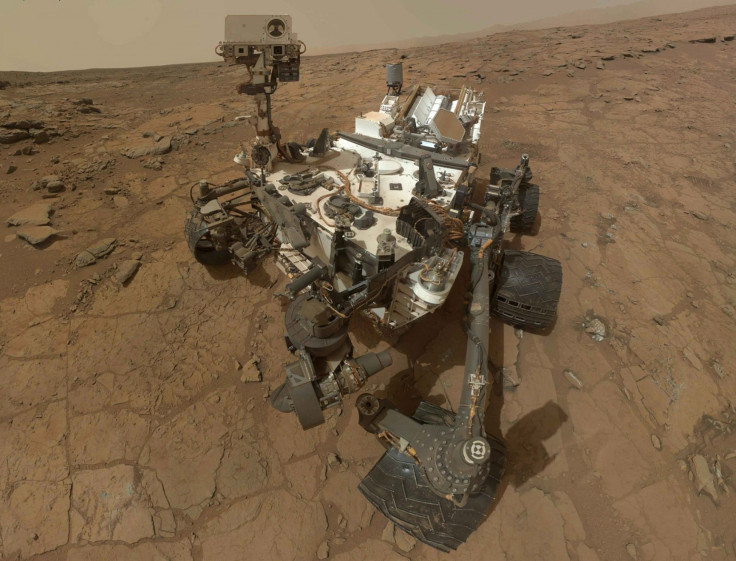Operations By Mars Rover Curiosity Temporarily Suspended By NASA To Fix Electrical Issue

NASA has suspended science observations by its Mars Rover Curiosity on the red planet for a few days to diagnose possible causes of a voltage change detected by engineers on Nov. 17.
The space agency said engineers noticed a change in the voltage difference between Curiosity’s chassis and the 32-volt power bus, which distributes electricity to systems throughout the rover. The voltage level on the car-size robotic rover had been about 11 volts ever since it landed on Mars on Aug. 6, 2012. Now, the level is about 4 volts.
However, according to NASA, Curiosity’s electrical system is designed with the flexibility to work properly throughout that range -- a design feature called "floating bus."
"The vehicle is safe and stable, fully capable of operating in its present condition, but we are taking the precaution of investigating what may be a soft short," Mars Science Laboratory Project Manager at NASA Jim Erickson said in a statement.
According to scientists, a “soft short,” which can cause such a voltage change, is a leak through something that is partially conductive of electricity, rather than a hard short, such as one electrical wire contacting another. Soft shorts can reduce the level of robustness for tolerating other shorts in the future. They can also indicate a possible problem in the component that is the site of the short.
This is not the first time that a soft shot was detected on Curiosity. On its landing day, the rover experienced a similar anomaly, which was related to the explosive-release devices used for deployments shortly before and after the landing.
NASA said engineers would look for the root causes of the voltage change over the next few days. Analysis of the electrical issue so far has found that the change appeared intermittently three times during the hours before it became persistent.
“The electrical issue did not cause the rover to enter a safe-mode status, in which most activities automatically cease pending further instructions, and there is no indication the issue is related to a computer reboot that triggered a ‘safe-mode’ earlier this month,” NASA said in the statement.
© Copyright IBTimes 2024. All rights reserved.












